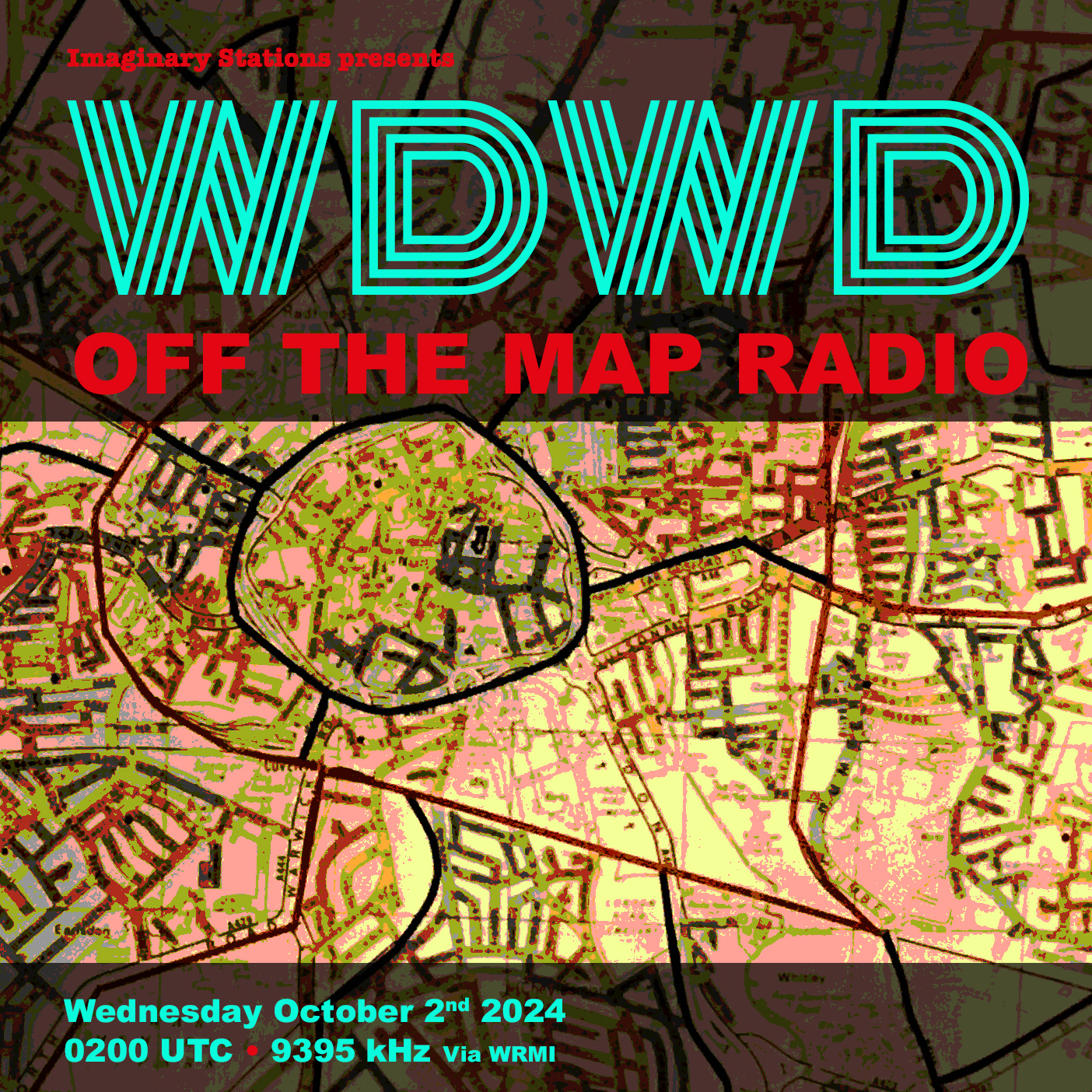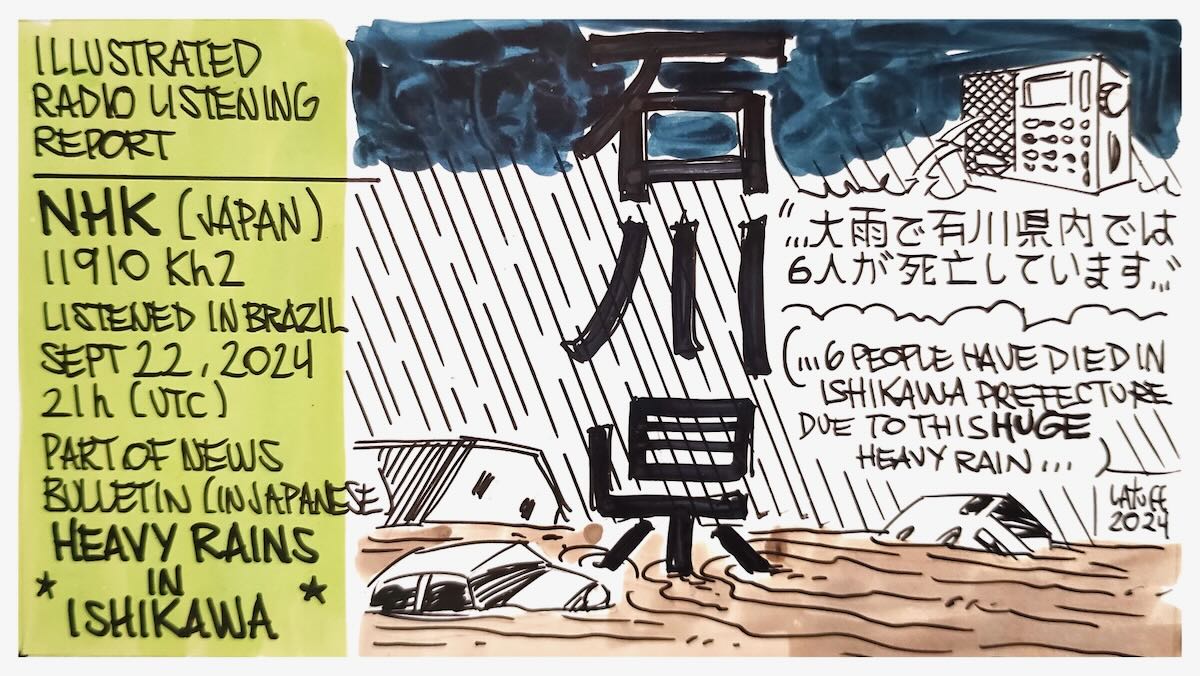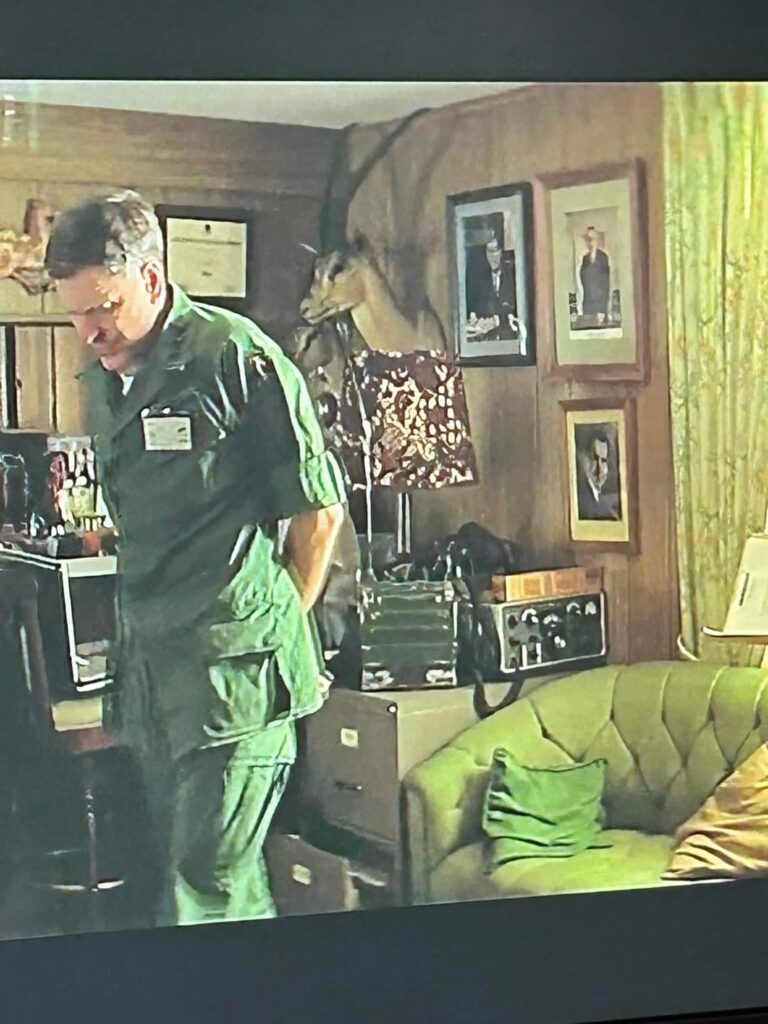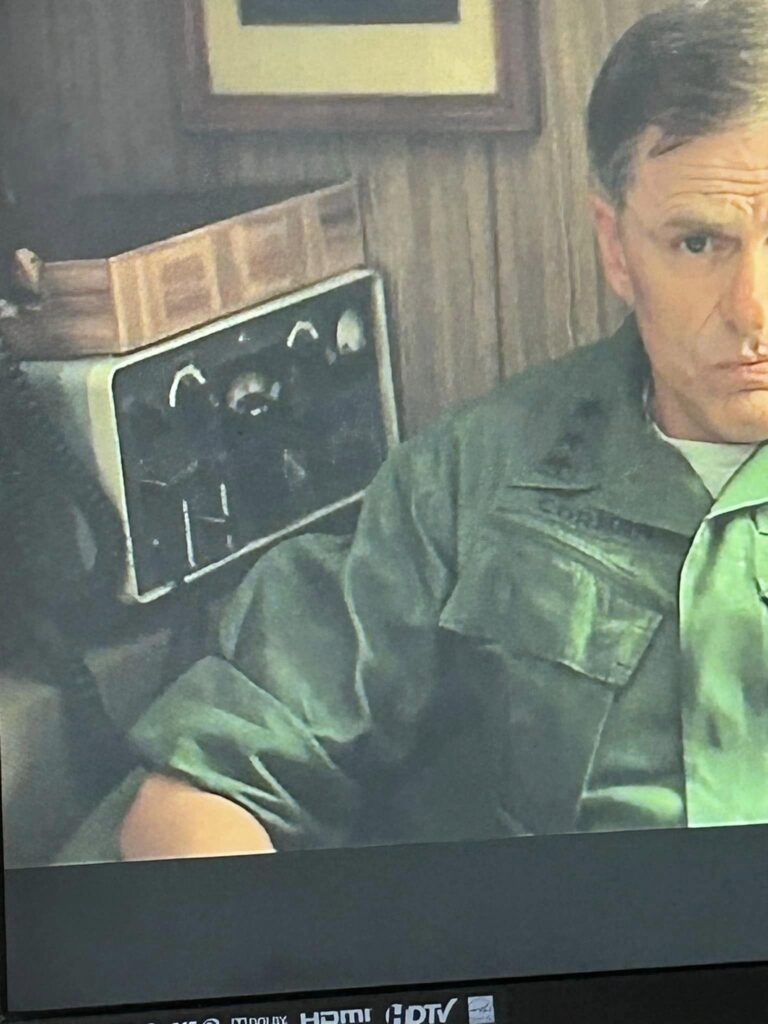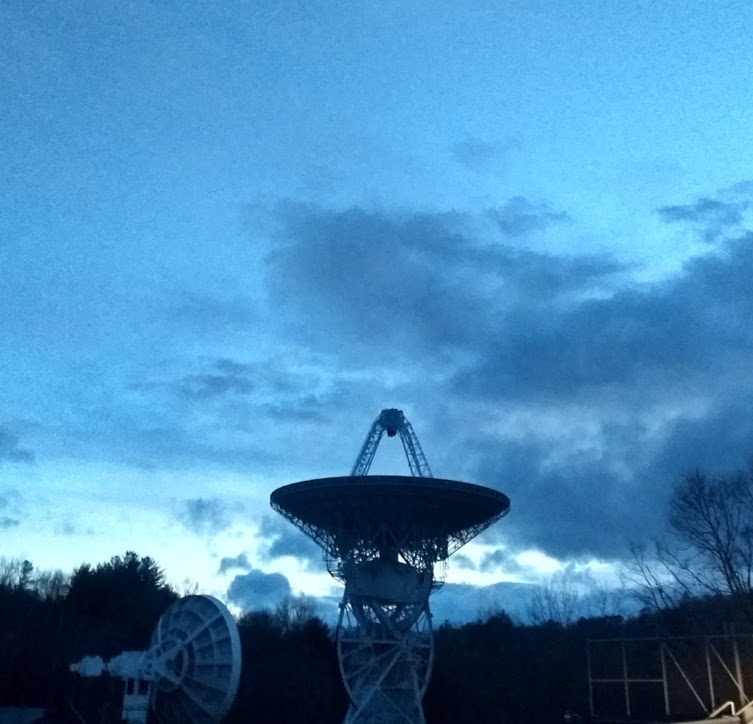
Radio Waves: Stories Making Waves in the World of Radio
Welcome to the SWLing Post’s Radio Waves, a collection of links to interesting stories making waves in the world of radio. Enjoy!
Many thanks to SWLing Post contributors Markku Koskinen, David Goren, Troy Riedel, and David Iurescia for the following tips:
It’s been a tough couple of years for anyone who loves AM radio.
Things began to wobble before the pandemic as new, younger media buyers — people who did not grow up with radio — started shuffling advertising dollars towards digital platforms away from traditional media. That hurt all terrestrial radio, but AM in particular because it tends to attract an older demo.
Things got worse when it became apparent that big foreign tech companies — Google, Facebook, and so on — sucked more ad dollars out of the Canadian ecosystem.
Next, manufacturers of electric vehicles claimed that they couldn’t offer AM radio in their dashboards because of the electromagnetic interference caused by EV motors. Depending on who you talk to, this claim may or may not be bogus. [Continue reading…]
The House Energy and Commerce Committee has advanced the AM Radio for Every Vehicle Act with a 45-2 vote. The bill, which aims to preserve AM radio access in vehicles, saw lawmakers emphasize AM radio’s critical role during emergencies, with Rep. Jeff Duncan, R-S.C., and others highlighting its importance in the Emergency Alert System. The legislation would require automakers to include AM radio or face fines, with a phased compliance timeline. The Senate version has gained broad support but awaits a final vote. [Continue reading…]
Since Russia’s invasion, Serhii “Flash” Beskrestnov has become an influential, if sometimes controversial, force—sharing expert advice and intel on the ever-evolving technology that’s taken over the skies. His work may determine the future of Ukraine, and wars far beyond it.
Serhii “Flash” Beskrestnov hates going to the front line. The risks terrify him. “I’m really not happy to do it at all,” he says. But to perform his particular self-appointed role in the Russia-Ukraine war, he believes it’s critical to exchange the relative safety of his suburban home north of the capital for places where the prospect of death is much more immediate. “From Kyiv,” he says, “nobody sees the real situation.”
So about once a month, he drives hundreds of kilometers east in a homemade mobile intelligence center: a black VW van in which stacks of radio hardware connect to an array of antennas on the roof that stand like porcupine quills when in use. Two small devices on the dash monitor for nearby drones. Over several days at a time, Flash studies the skies for Russian radio transmissions and tries to learn about the problems facing troops in the fields and in the trenches.
He is, at least in an unofficial capacity, a spy. But unlike other spies, Flash does not keep his work secret. In fact, he shares the results of these missions with more than 127,000 followers—including many soldiers and government officials—on several public social media channels. Earlier this year, for instance, he described how he had recorded five different Russian reconnaissance drones in a single night—one of which was flying directly above his van. [Continue reading…]
Radio pollution from Starlink satellites could mar the hunt for mysterious signals from the early universe.
SpaceX’s new Starlink satellites produce 32 times more radio noise than their predecessors, causing concerns among astronomers about their interference with radio astronomy observations.
Radio astronomy uses supersensitive antennas to detect faint radio signals emitted by stars, black holes and other objects in the universe. Researchers working at the Low Frequency Array (LOFAR) in the Netherlands, one of the world’s most sensitive radio observatories, have now found that SpaceX’s growing megaconstellation of internet-beaming satellites is blinding their instruments. During a series of observations conducted in July, the researchers found that Starlink satellites crisscrossing the sky above the array appear up to 10 million times brighter than some of the most precious targets of radio astronomy research.
Jessica Dempsey, the director of the Netherlands Institute for Radio Astronomy, which manages LOFAR, said the satellite radio pollution interferes with measurements of distant exoplanets and nascent black holes. It might also obscure the faint radiation coming from the Epoch of Reionization, one of the least-understood periods in the history of the universe, she added. [Continue reading…]
TWR (Trans World Radio) is commemorating a significant milestone today: the 50th anniversary of broadcasts from the Roumoules radio station. These broadcasts have enabled the gospel message to reach countless listeners across borders and barriers.
In 1960, TWR began airing from a 100-kilowatt shortwave transmitter in Monte Carlo. At that time, audio tapes had to be physically delivered to transmitter sites. On occasion, they even had to be smuggled across national borders to Monte Carlo for transmission back into the originating countries. This is considered TWR’s first transmitting site under the name Trans World Radio.
Through radio waves beamed from Monte Carlo, Christ’s message reached behind the Iron Curtain to eager listeners. Specific areas reached from Monte Carlo were Spain/Portugal, the British Isles, Scandinavia, the Middle East/North Africa, the Soviet Union, Eastern Europe, Central Europe and Southern Europe.
On July 14, 1974, Radio Monte Carlo established new transmitters in Roumoules, France, actualizing the vision of its technical director, Lucien Allavena. This new site, now managed by Monaco Media Diffusion, set the stage for future advancements.
In 1987, TWR started airing medium- and long-wave broadcasts from Roumoules, extending previous coverage by over 1.5 million square miles.
Through TWR’s partnership with Radio Monte Carlo, millions of people have been able to access biblical teaching. Radio Monte Carlo overcame any attempts at signal interference, ensuring the broadcast remained uninterrupted. [Continue reading…]
Do you enjoy the SWLing Post?
Please consider supporting us via Patreon or our Coffee Fund!
Your support makes articles like this one possible. Thank you!



